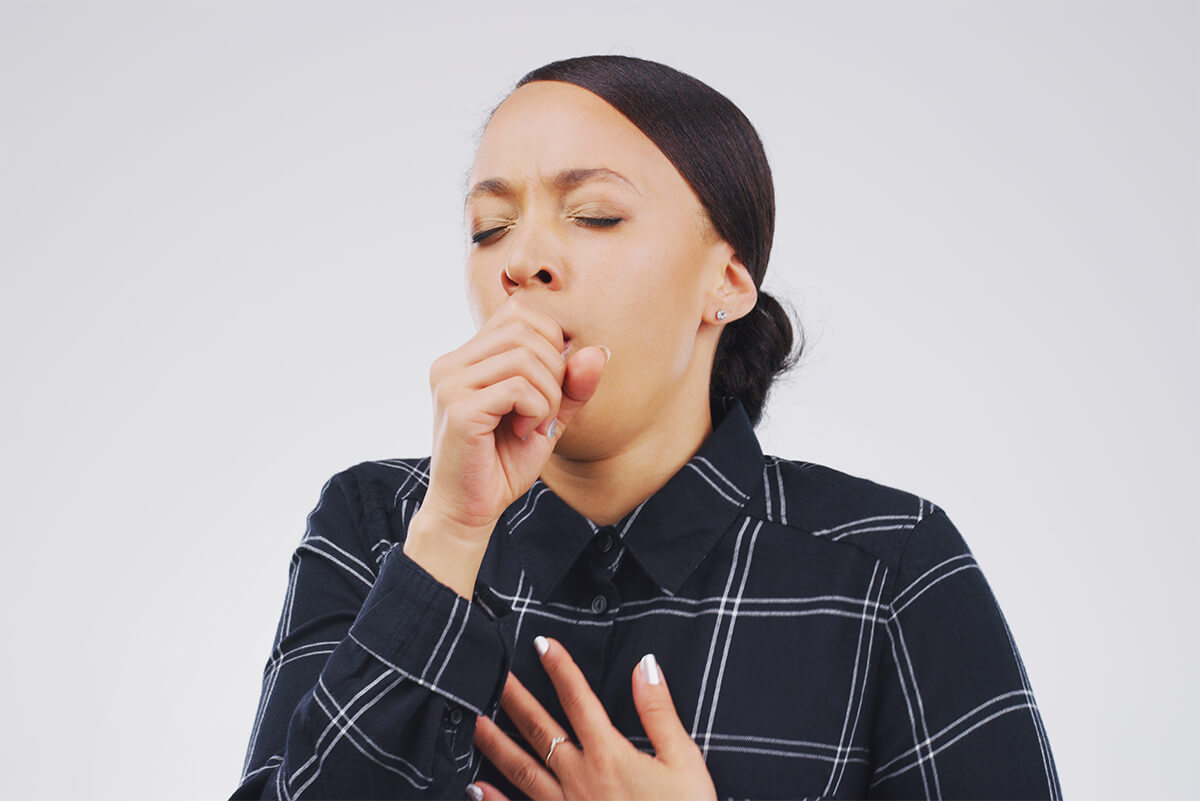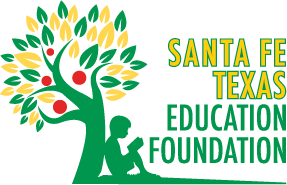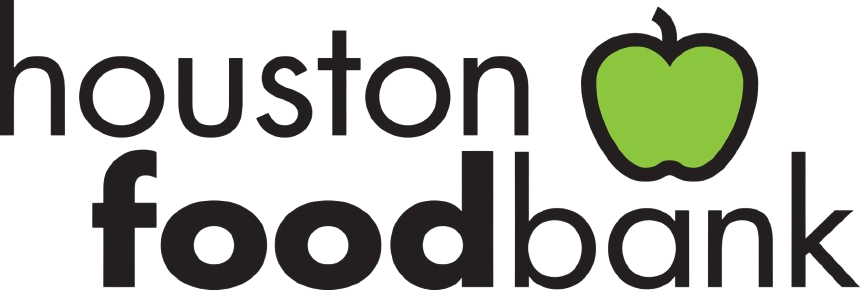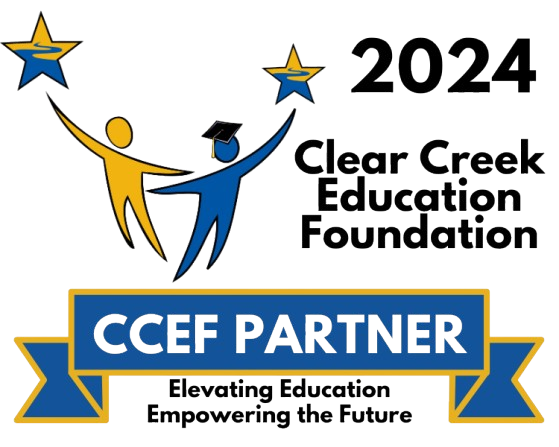
A stroke is a life-threatening medical emergency. The sooner treatment begins, the higher the chances of controlling further damage. Every moment counts.
A blood vessel carries oxygen and nutrients to the brain. A stroke occurs when a clot or any rupture blocks the blood vessel. When that happens, part of the brain cannot get the blood the oxygen it needs; therefore, the blood vessel and brain cells die.
Women have a higher lifetime risk of having a stroke than men. While some stroke signs are the same in women and men, some are more common in women.
The Warning Signs
Stroke signs that occur more often in women include nausea, hallucination, pain, shortness of breath or trouble breathing, fainting or losing consciousness, seizures, confusion, disorientation, or lack of responsiveness and sudden behavioral changes, primarily increased agitation.
Stroke kills about 140,000 Americans each year – that’s 1 of every 20 deaths. High blood pressure, high cholesterol, smoking, obesity, and diabetes are the leading contributing causes of stroke. 1 in 3 adults has at least one of these conditions or habits.
Someone in the US gets a stroke every 40 seconds, and every 4 minutes, someone dies from a stroke. About 87% of all strokes are ischemic strokes. Stroke is a leading cause of severe long-term disability. These are alarming statistics. (CDC 2020)
What Causes Stroke?
A stroke can be caused by a clot obstructing the flow of blood to the brain called an ischemic stroke. It can be a blood vessel rupturing and preventing blood flow to the brain called a hemorrhagic stroke. Or, a temporary clot called TIA (transient ischemic attack), or mini-stroke.
In the event of a possible stroke, use the acronym FAST to help remember warning signs.
Face. Does the face droop on one side when the person tries to smile?
Arms. Is one arm lower when the person tries to raise both arms?
Speech. Can the person repeat a simple sentence? Is speech slurred or hard to understand?
Time. During a stroke, every minute counts. If you observe any of these signs, call 911
What are the initial steps in dealing with stroke?
It’s imperative to understand what to do when someone suffers a stroke. It can make a significant difference to the patient’s survival chance or recovery.
After calling 911:
Remain calm. Ensure the surrounding area is safe and that there is no imminent danger, such as from moving vehicles. Talk to the person. Ask them their name and other questions. If the individual is unable to speak, ask them to squeeze your hand in response to questions. If the person does not respond, they are likely unconscious.
If the person is conscious:
- Gently place them in a comfortable position. Ideally, they should be lying on their side with their head and shoulders slightly raised and supported with a pillow or item of clothing. After this, try not to move them.
- Loosen any tight clothing, such as buttoned-up shirt collars or scarves.
- If they are cold, use a blanket or coat to keep them warm.
- Check that their airway is clear. If there are objects or substances, such as vomit, in the mouth that may be hindering breathing, place the person on their side in the recovery position.
- Reassure the person. Tell them that help is on the way.
- Do not give them any food or liquids.
- Note the person’s symptoms and look for any changes in condition. It is vital to give the emergency personnel as much information as possible about the situation.
- Try to remember the time that the symptoms started; look at a clock if possible. It is hard to estimate the passage of time when you are in a stressful situation.
If the person is unconscious:
If the person is unconscious, move them into the recovery position. Monitor their airway and breathing.
Here are Steps to do this:
- Lift the person’s chin and tilt their head slightly backward
- Look to see if their chest is moving
- Listen for breathing sounds
- Place a cheek over their mouth and try to feel their breath
- If there are no signs of breathing, begin CPR (cardiopulmonary resuscitation)

(Medical News Today)
Recovery Position
Current practice for CPR is chest compressions only. 911 can instruct you on how to do this if you do not know-how. The American Heart Association (AHA), however, recommends that those who have not received formal CPR training should initiate hands-only CPR on teenagers and adults.
If you are with someone you suspect is having a stroke, observe the person while waiting for emergency assistance.
Stroke Recovery
After first aid and treatment, the stroke recovery process varies. It depends on many factors, such as how fast treatment was received or if the person has other medical conditions.
The first stage of recovery is known as acute care. It takes place in a hospital. During this stage, your situation is assessed, stabilized, and treated. From there, the recovery journey is often just beginning.
Rehabilitation is usually the next stage of stroke recovery. It may take place in the hospital or an inpatient rehabilitation center. If stroke complications aren’t severe, rehabilitation may be outpatient. (First aid – Healthline)
Here is a PDF Download from the American Heart Association on How to Prevent a Second Stroke

Works Cited
“Stroke Facts.” Centers for Disease Control and Prevention, Centers for Disease Control and Prevention, 31 Jan. 2020, www.cdc.gov/stroke/facts.htm.
“Stroke: First Aid.” Mayo Clinic, Mayo Foundation for Medical Education and Research, 30 Sept. 2017, www.mayoclinic.org/first-aid/first-aid-stroke/basics/art-20056602.
“About Stroke.” www.stroke.org, www.stroke.org/en/about-stroke.
Cdc. “Hypertension Prevalence in the U.S.: Million Hearts®.” Centers for Disease Control and Prevention, 5 Feb. 2020, millionhearts.hhs.gov/data-reports/hypertension-prevalence.html.
Holland, Kimberly. “Stroke Symptoms in Women.” Healthline, Apr. 2018, www.healthline.com/health/stroke#symptoms-in-women.
McDermott, Annette. “First Aid for Stroke.” Healthline, June 2018, www.healthline.com/health/stroke/stroke-first-aid.
















